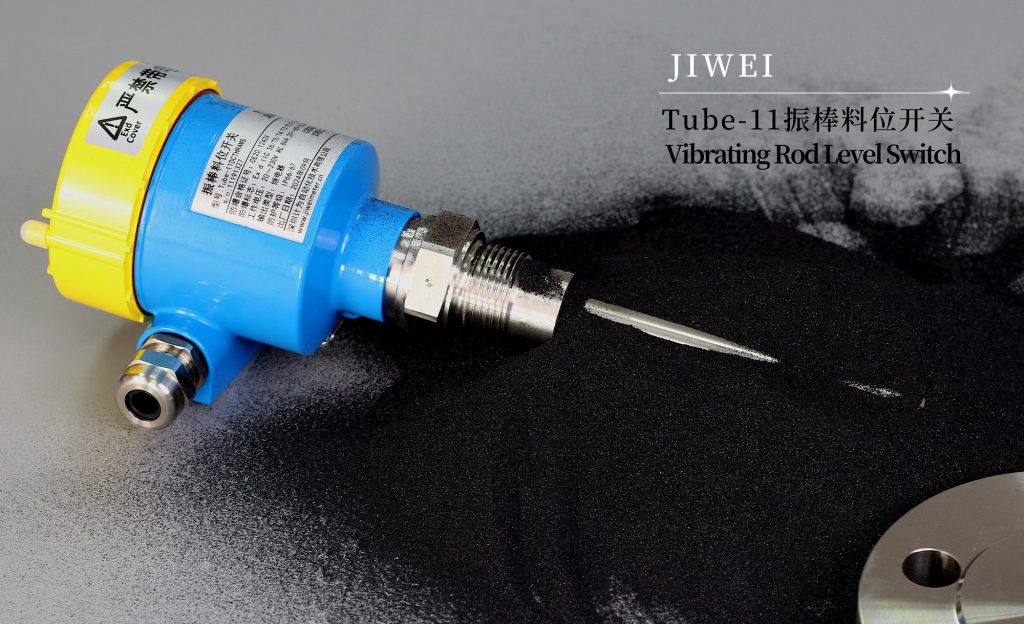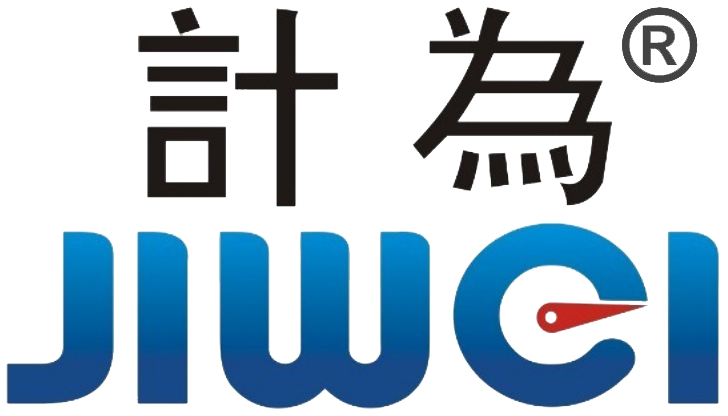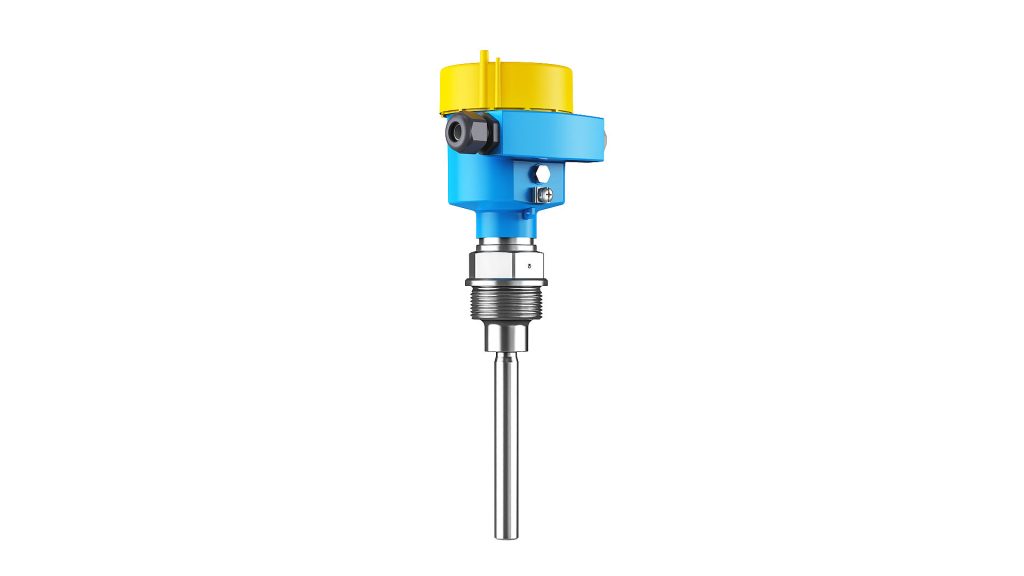Vibrating Rod Level Switch vs Rotary Paddle Level Switch: Which One is Right for Your Application?
When choosing between a vibrating rod level switch and a rotary paddle level switch for bulk solid level monitoring, understanding their operational principles and application-specific performance is essential. In this article, we provide a detailed comparison of these two types of level switches and assess their interchangeability.
Rotary Paddle Level Switch: Features and Applications
Working Principle:
The rotary paddle level switch operates by using a small motor to rotate a paddle. When the paddle rotates freely, it indicates no material is present. As the material level rises and obstructs the paddle, the rotation is blocked, causing the internal mechanism to trigger a microswitch. This change sends a signal indicating material presence and stops the motor. Once the material level drops, the paddle rotates freely again, and the switch resets.
Key Advantages:
- Wide Application Range: Suitable for bulk solids with a density of ≥3g/cm³ such as cement, grains, feed, plastic granules, resin, fly ash, and more.
- Simplicity and Low Cost: Known for their simple design, ease of installation, and low maintenance cost.
- Environmental Resistance: Resistant to corrosion and environmental influences, with typical IP65 ingress protection for general splash resistance.
- Reliable Output: Offers relay contact output with AC/DC power options.
Vibrating Rod Level Switch: Features and Applications
Working Principle:
A vibrating rod level switch uses a piezoelectric element to make a probe vibrate at its natural frequency. When the probe contacts solid material, the vibration is dampened. The change in amplitude is detected by internal electronics, which then output a switch signal to indicate the presence of material.
Key Advantages:
- High Sensitivity: Capable of detecting materials with a bulk density as low as 0.02g/cm³, including powders, grains, and lightweight solids like sawdust and PVC.
- Anti-Coating Design: The vibrating action prevents material buildup on the probe, making it ideal for sticky or fine powders.
- Corrosion Resistance: Typically constructed from stainless steel, offering strong resistance to aggressive substances.
- High Ingress Protection: IP66/IP67 rated, suitable for harsh industrial environments involving water jets or temporary immersion.
- Flexible Output Options: Provides relay and 2-wire output configurations, with dual AC/DC compatibility.

Comparative Analysis: Vibrating Rod vs Rotary Paddle Level Switch
| Feature | Rotary Paddle | Vibrating Rod |
|---|---|---|
| Minimum Measurable Density | ≥3g/cm³ | ≥0.02g/cm³ |
| Sensitivity | Lower | Higher |
| Response Speed | Slower | Faster |
| Anti-Coating Performance | Poor | Excellent |
| Suitable for Light Powders | No | Yes |
| Environmental Resistance | IP65 | IP66/IP67 |
| Maintenance | Low | Moderate |
| Cost | Lower | Higher |
| Material Compatibility | Coarse or dense solids | Fine powders and light solids |
Can a Rotary Paddle Replace a Vibrating Rod Level Switch?
In general, a vibrating rod level switch can replace a rotary paddle level switch in most applications, offering broader material compatibility and more reliable performance. However, the reverse is not always true.
Rotary paddle switches may be used in applications involving coarse, heavy, and non-cohesive materials with densities above 3g/cm³. They are ideal for cost-sensitive projects where advanced features are unnecessary.

However, for applications involving fine powders, low-density solids, sticky materials, or environments requiring high ingress protection, a rotary paddle switch may not suffice. In these cases, vibrating rod level switches are clearly superior, offering precise and consistent detection even under challenging conditions.
Application Examples
- Rotary Paddle Switch Use Case: Cement silo level detection in construction plants.
- Vibrating Rod Switch Use Case: Sawdust storage, flour silos, or plastic powder bins in food and plastics industries.
Conclusion: Which Level Switch Should You Choose?
While both the vibrating rod level switch and rotary paddle level switch have their place in solid material level detection, the vibrating rod level switch offers broader applicability, higher sensitivity, and better resistance to material build-up. It can effectively replace the rotary paddle switch in nearly all scenarios, especially where reliability and precision are critical.
However, if your application deals with large, heavy particles and requires a simple, cost-effective solution, the rotary paddle level switch remains a solid choice.
About Jiwei
Jiwei is a trusted manufacturer of level measurement instruments, offering high-performance products such as the Tube-11 vibrating rod level switch, which rivals top international brands in quality and reliability. Whether you’re monitoring bulk solids in food, chemical, or energy industries, Jiwei‘s solutions ensure accuracy and durability.


